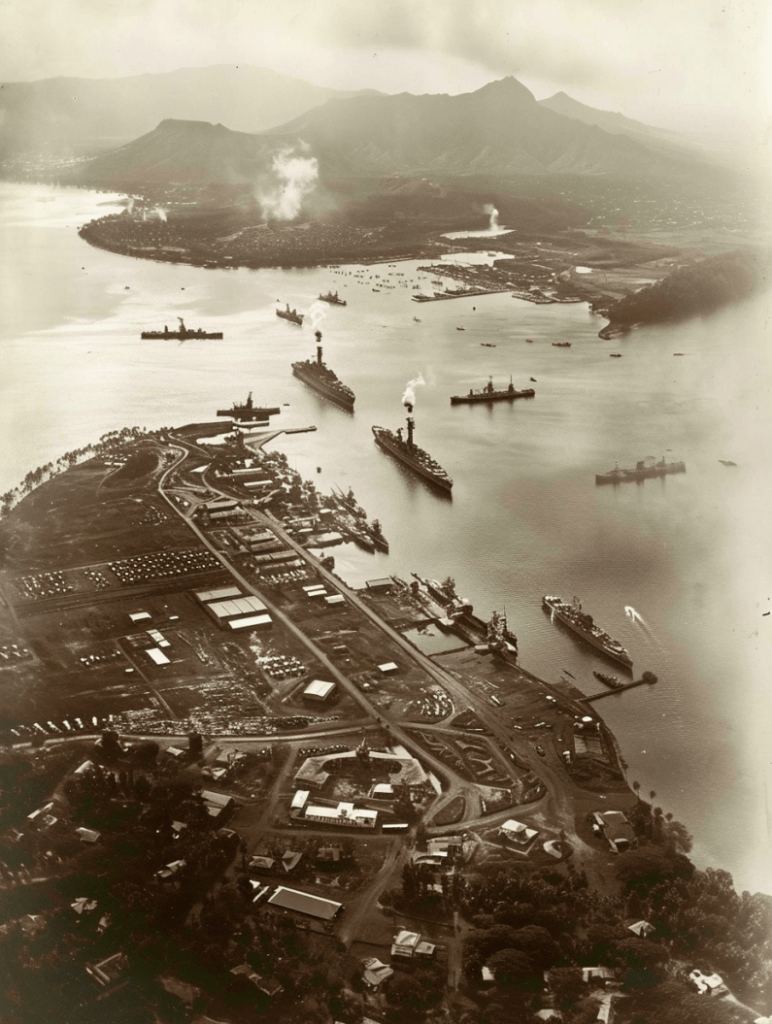On This Day, January 20, 1887, the United States Senate made a strategic decision that would have significant long-term implications, approving the lease of Pearl Harbor in Hawaii as a naval base. This approval marked a key moment in the expansion of U.S. military and political influence in the Pacific region.
The decision to establish a naval base at Pearl Harbor was driven by the growing interests of the United States in the Pacific and the desire for a strong naval presence to protect American commercial and strategic interests. Pearl Harbor, located on the island of Oahu in the Kingdom of Hawaii, was recognized for its strategic importance due to its central location in the Pacific Ocean and its excellent natural harbor.
The lease agreement came at a time when the United States was increasing its involvement in the affairs of the Hawaiian Kingdom. The establishment of a naval base was part of a broader pattern of American expansionism during this period. The United States was extending its influence not only in Hawaii but also in other parts of the Pacific and the Caribbean.
The naval base at Pearl Harbor grew in importance in the following decades, particularly as tensions rose in the Pacific leading up to World War II. The attack on Pearl Harbor by Japan on December 7, 1941, which led the United States to enter World War II, underscored the base’s strategic significance.
The approval by the U.S. Senate in 1887 to lease Pearl Harbor for a naval base was a pivotal move in American foreign policy and defense strategy, reflecting the country’s growing global ambitions and setting the stage for its future role as a major world power.
